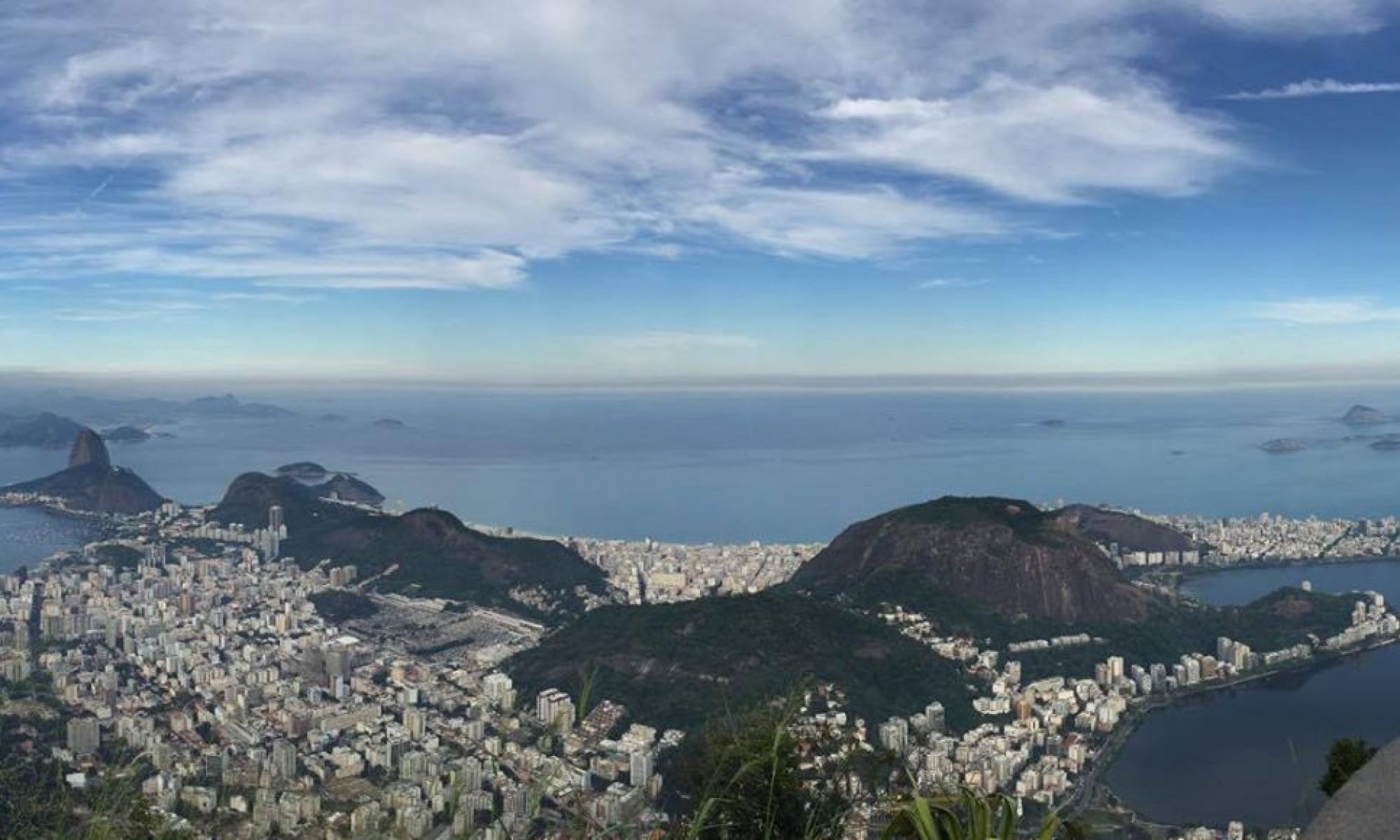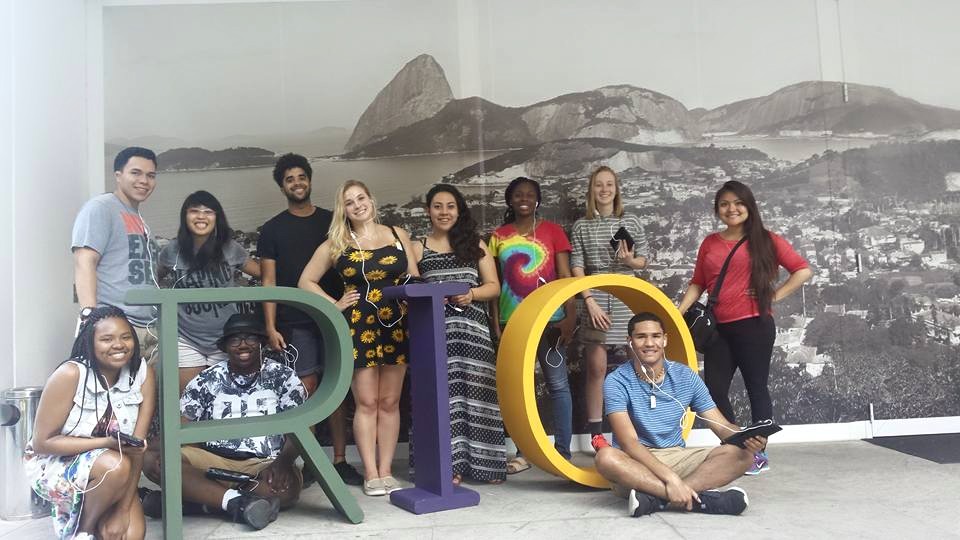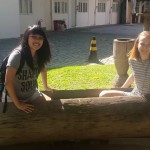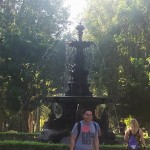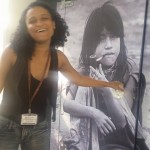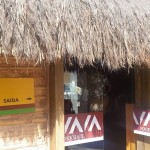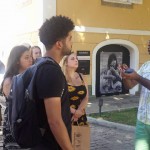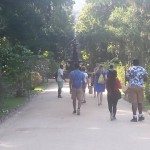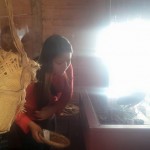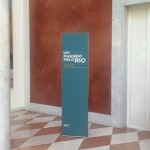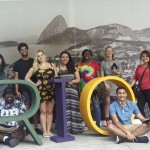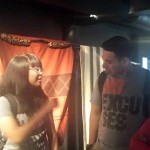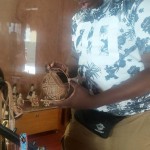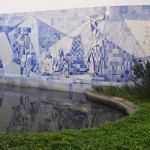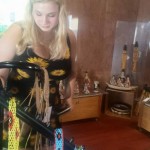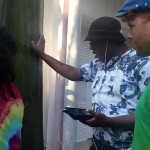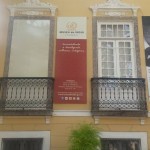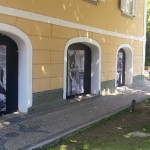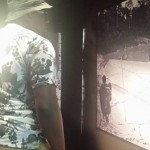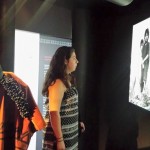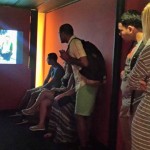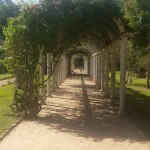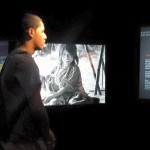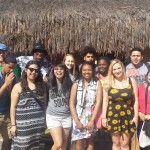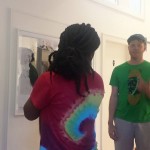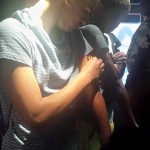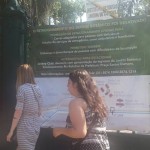May 28, 2015
By: Aleksandra Syniec
With a pep in our step, at 9:30 a.m. we made way for Botafogo by bus. On most of these public buses you will find a male driver and a female “cashier” who you would pay to ride on the bus. In Rio, you will rarely find a woman bus driver.
After a rather short bus ride because of limited traffic. Our female cashier led us in the right direction to our first destination, the Museu do Índio (The Indian Museum). This museum specializes in the history of indigenous persons of Brazil. A group that makes up less than 1% of the Brazilian population today. Inside of the exhibit there were photographs of various natives in Brazil. Prior to Portugal’s heavy influence in the Atlantic Slave Trade, native Brazilians were enslaved, partly under Jesuits, to perform various manual labor needed by the missionaries (Skidmore 2010: 29). There was an interactive section of the museum where visitors could stamp on themselves a select few patterns such as the ones natives painted on their faces. It is hard to determine a certain pattern to a certain tribe because many native individuals created their own that varied from person to person. Part of the exhibit also includes video media of present day natives living and working on their tribal lands. Due to mass deforestation occurring on natives lands many have lost their traditional homes. This causes many natives to turn to the cities where they deny their background, because if you are an Indian, others in the favela view them as “not Indian enough” and society labels them as “lazy and stupid,” (Barchfield 2014: 2). These stereotypes along with the perception that all natives belong in tribal life, make it very hard for many natives to integrate into a larger scale Brazilian society.
After touring the exhibit, we went into the museum’s gift shop which sold items made by natives from many different tribes. The items included baskets and clay pottery as well as jewelry. Each piece had the name of the creator as well as their location. On the walk to our next location we saw graffiti that spelled out “Rua é Teu” translating to “the streets are yours”. This demonstrates a communal feel to the life of Rio, a vibrant city where much of the life happens outside of the fancy buildings, and in the streets but also hints at a feeling of unrest and a reclaiming of public spaces.
Next up was the Botanical Garden in Rio de Janiero. This garden had many native Brazilian plants as well as international plant life from Japan, and even America. The landscape was beautiful, monkeys even jumped from tree to tree. Janel and Ravon led a reflection discussion where we all shared our initial impressions and feelings about being outside of the U.S. and about Brazil. The group shared it’s ideas of race and being conscious of our own privilege as we develop sociological awareness on this trip. It was nice to see what everyone was thinking, knowing we were all taking in so much. This group reflection allowed everyone to open up. Our spirits were then as high as the trees as we set out for lunch.
Lunch was served group-style where we all shared beef still sizzling on a skillet as well as traditional rice, beans, and some Guaraná (a natural Brazilian soda). We all were happy and full and shared some of our favorite things about the trip so far.
After a successful lunch, we all headed to the Moreira Salles Institute to view the “Rio: First Images-Visions of the city since the beginning of photography (1840-1930)” exhibit. This exhibit emphasized the technological developments of cameras and also allowed us to see a different Brazil, one without the Christ the Redeemer statue and large buildings. Today was filled with a lot of incite to the past that will help us to understand Brazil’s present as we travel on.
The bus ride back let us experience to the chaotic traffic in Brazil. Standing on the bus we all rode until we were back in Copacabana. We stopped at a park where many were playing checkers or cards. There we had a discussion of the two articles we had been assigned that involved the indigenous population of Brazil. We talked of hardship and of the exclusion of these persons in Brazil both in the past and in the present. After this conversation, we began discussing the book Pedagogy of the Oppressed by Paulo Freire. This book deals with the ways in which we teach and learn and how many times, education was used to oppress those who were already in that predicament, even more so. Freire believed that everyone has the ability to reach consciousness and that to be liberated we must work together.
Our day concluded with a late dinner back by the beach. The restaurant, Deck, that offered rodizio, which is a Brazilian dining style, where food is brought to the table, offered, and accepted by the guest. This restaurant was special because they did so with pizzas. Waiters brought out various pizzas with toppings such as dried beef to shrimp to chocolate. During our meal a Brazilian man who worked amongst Americans spoke to us, asking if we were from the US. He shared with us how he worked with people from Tennessee and Missouri. We laughed along with him as he mimicked southern accents. The meal left us all full and satisfied. But still hungry for another adventure tomorrow.
–
Barchfield, Jenny. (2014) “Brazil’s Indigenous seek out city, end up in slums.” Native Times. Web.
Skidmore, Thomas E. (2010) Brazil: Five Centuries of Change. “Peoples and Dramas in the Making of the Colony.” Oxford University Press: New York.
